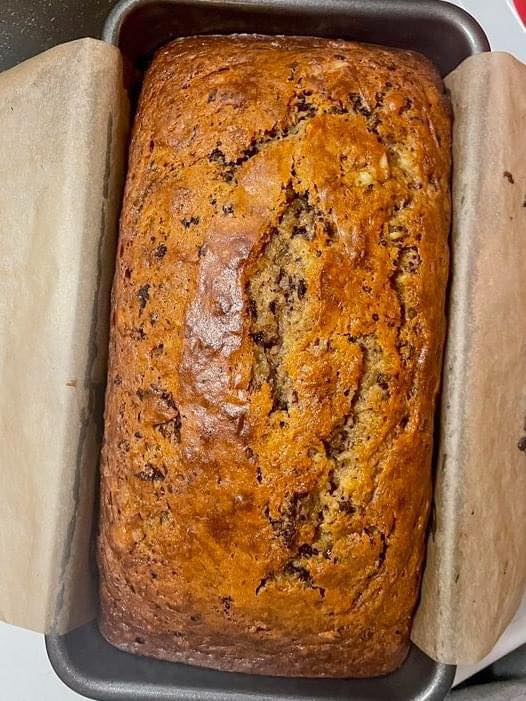- Sell By: Used by retailers to indicate how long to display the product. Consumers can usually use the product safely after this date if stored properly.
- Use By: Typically for perishable items. While this date is more critical, it often errs on the side of caution. Evaluate the food yourself before discarding.
Step 2: Inspect the Food
If you’re unsure about the safety of food past the date, follow these simple checks:
Visual Inspection:
- Look for signs of spoilage like mold, discoloration, or unusual texture.
- For canned goods, discard the item if the can is bulging, dented, or leaking.
Smell Test:
- A sour or off smell is a clear indicator that food has spoiled. For items like milk or cream, trust your nose more than the date.
Taste Test (Non-Perishable Items):
- For products like chips, cereal, or dry goods, take a small taste. If the flavor is off, it’s time to toss it.
Step 3: Use Proper Storage Techniques
Storing food correctly can extend its life well beyond the "Best By" date:
- Canned Goods: Keep in a cool, dry place. Properly stored, canned foods often remain safe for months or even years beyond the date.
- Dry Goods: Store in airtight containers to maintain freshness and prevent pests.
- Perishables: Refrigerate or freeze items as needed. Freezing can extend the usability of many foods by months.
Step 4: Use Resources to Check Shelf Life
Use online tools or apps to determine the real shelf life of specific items. Some examples include:
- Canned Goods (e.g., vegetables, beans): Often safe to consume up to 2-5 years after the "Best By" date if stored properly.
- Dry Goods (e.g., pasta, rice): Typically last 1-2 years beyond the date.
- Frozen Foods: Safe indefinitely, though quality may decline after several months.
Step 5: Trust Your Judgment Over the Label
While labels are helpful guidelines, they are not foolproof. Manufacturers often use conservative dates to ensure customer satisfaction. Use your senses and experience to make the final call.
Why Do Companies Use ‘Best By’ Dates?
Manufacturers include these dates to indicate when their product will taste its best, not when it becomes unsafe. It's a way to protect their reputation and ensure customers enjoy their products at their highest quality.
Avoiding Common Mistakes
- Tossing Food Immediately: Most foods are still good past the date. Inspect before discarding.
- Ignoring Storage Instructions: Incorrect storage accelerates spoilage, making food unsafe before the date.
- Not Rotating Pantry Stock: Practice FIFO (First In, First Out) to use older products first.
Key Takeaways
- "Best By" ≠ Expiration: It’s about quality, not safety.
- Use Your Senses: Sight, smell, and taste are your best tools.
- Store Smart: Proper storage extends shelf life and reduces waste.
- Check Food Guides: Reference trusted resources for accurate information about specific products.
By rethinking how you read "Best By" or "Best Before" dates, you can save money, reduce waste, and make the most of your food purchases. The next time you see an expired can or box, don’t toss it out without checking—chances are, it’s still good to eat!






